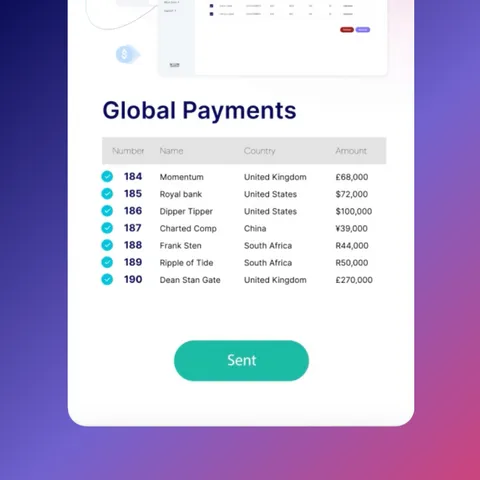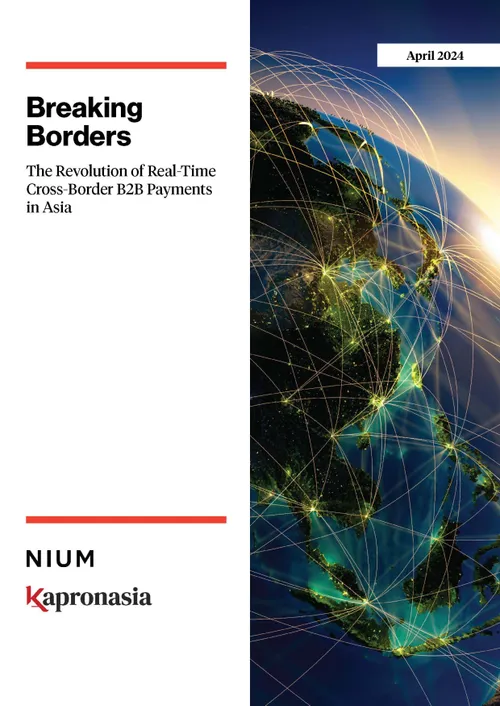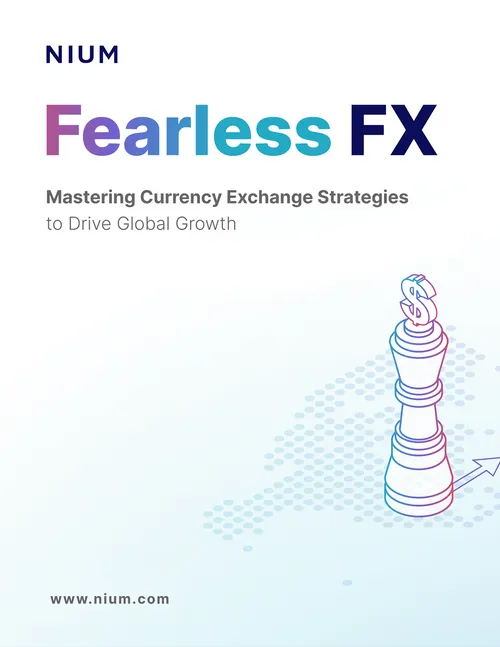How Card Rails Power the Travel Industry
Published Sep 1, 2021
Payment systems are often described as ‘rails’, which means platforms or networks that facilitate the movement of money between payers and payees. When a payment is initiated, and it’s not a simple cash transfer, the transaction will be completed via a complex flow of information between different payment parties.
Rapid advances in digital technology are creating a growing range of online payment solutions, and card innovations are at the heart of these developments. According to a report from Research and Markets, the card payment industry is expected to grow from $671.73 billion in 2020 to $729.9 billion in 2021.
Card schemes: powering the rails
Card schemes are the payment networks that support different types of cards, such as debit and credit cards. There are four major brands: Visa, Mastercard, American Express, and Discover. Each scheme has rules and regulations that enable payments to flow smoothly between the different parties who operate within the network: namely card issuers (ie, banks and financial institutions), consumers, merchants, and acquiring banks.
How card payments help OTAs
Online travel agents deal with customers and suppliers, both domestically and internationally, and must ensure flexible and trusted payments. As a mainstay of global payments, cards are by far the most popular form of business to business (B2B) payments for travel agents. Their main benefits include:
- Global acceptance. Thanks to their ubiquity and convenience, payment cards are recognised and accepted worldwide. Card networks operate across all continents and there are very few countries where cards are not accepted. For example, Visa reports that it has more than 3.3 billion cards in use, is accepted in more than 200 countries and territories, and can handle 65,000 transactions per second. Today, you can pay travel suppliers anywhere in the world with one of the four main payment card networks.
- Put simply, card payments work. They are an established and proven way of efficiently handling a huge volume of complex cross-border transactions between issuers, consumers, merchants, and acquirers. Travel agents and suppliers both feel confident when making and receiving payments via card network.
- Trusted transaction dispute process. Not every payment method has a clear route to resolve disputes. With card payments, you do. Because the card rails run in both directions, agents know they can be refunded through chargebacks if there is an issue with a payment.
- Travel businesses depend on fine margins to remain profitable. Cash flow is vital, so the longer an agency keeps money in the business, the more stable and resilient it is. Because of the impact of Covid-19, positive and stable cash flows are important for sustaining and recovering. With cards, OTAs can extend the number of days they keep customers’ money before settling with the card company.
- Fraud, rather than security, may be the first thing that springs to mind when considering card payments. However, regulations are catching up with the growth of online fraud, which is a serious threat for card-not-present transactions, and there is now heightened security thanks to strong customer authentication (SCA).
Virtual cards strengthen existing payments rails
Virtual cards have all the benefits of plastic cards but none of the weaknesses. As the name suggests, they are not physical entities. Instead, virtual cards exist only as digitally-generated numbers and are usually for single use only.
Virtual cards offer better security and flexibility for B2B payments and eliminate many of the operational inefficiencies that are the downside of traditional card payments.
Here are the main benefits of virtual cards for OTAs:
- No more foreign exchange fees. You can buy globally but settle locally, pairing each virtual card to the preferred currency of the merchant you are paying.
- No more manual reconciliation. The unique card numbers mean you can instantly match every line item on an invoice with your records, and virtual card reports can be uploaded directly to your systems.
- More automation, control, and flexibility. Virtual cards can be automatically created whenever you need them and integrated seamlessly with your internal processes. One payment – one number ensures full control and transparency for each transaction. You can also set precise controls for each transaction, including specifying the maximum cost, merchant name (or merchant category) and when payment should be made. In addition, you can change payment authorisation times if, for example, the date of a flight is moved.
- An end to fraud. Each card has a unique number and is used for a specific purpose, amount and frequency of use. Hence, it can’t be hijacked by fraudsters.
- Better liquidity. While plastic cards offer good liquidity, virtual cards go one step further because they let you customise the payment date and maximise the time money stays in your account between the customer payment and settlement with the merchant.
- Better business insights. You can clearly see how much you pay after all changes and cancellations are taken into account. You also have richer information because you can append internal references like cost centres to each payment.
- Everyone wins. Suppliers have the assurance of precise transaction-by-transaction payments; travel agents are protected against non-delivery; and customers have assurance that they will receive the services they requested.
Greasing the rails
Choosing the right payment provider for your travel business will ensure you get the most from card payments, whether plastic or virtual. Nium can help you simplify payment processes, reduce costs, and maximise profit margins. We issue cards in more than 40 countries and pay out to more than 100 countries, in more than 60 currencies.
See our card issuing capabilities and find out how our payment platform keeps the travel industry moving.

Related Articles

.png@webp)
.png@webp)
.png@webp)



.png@webp)
.png)










